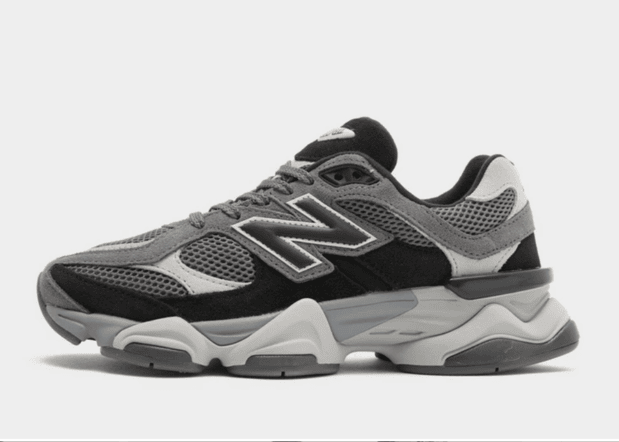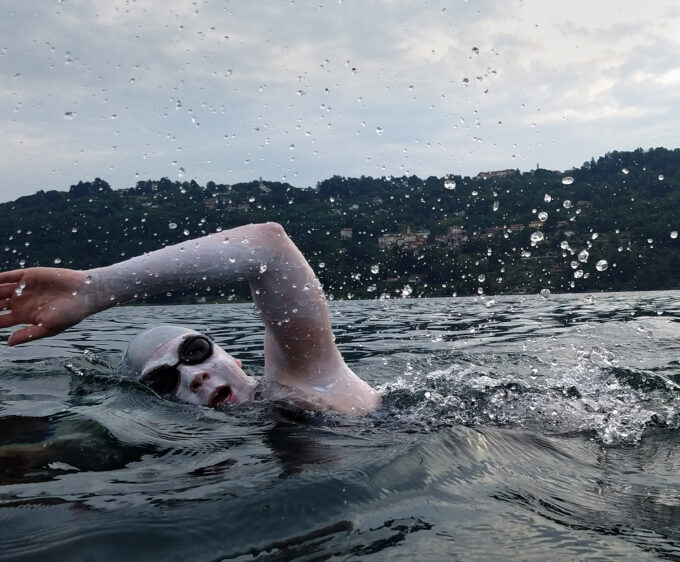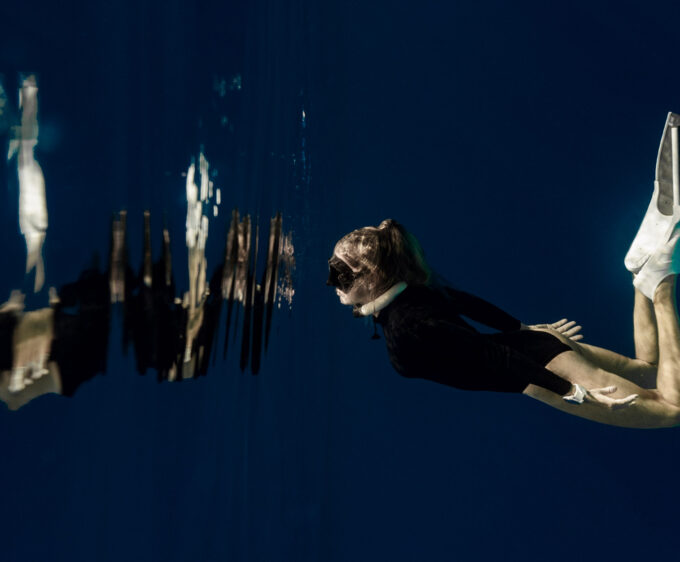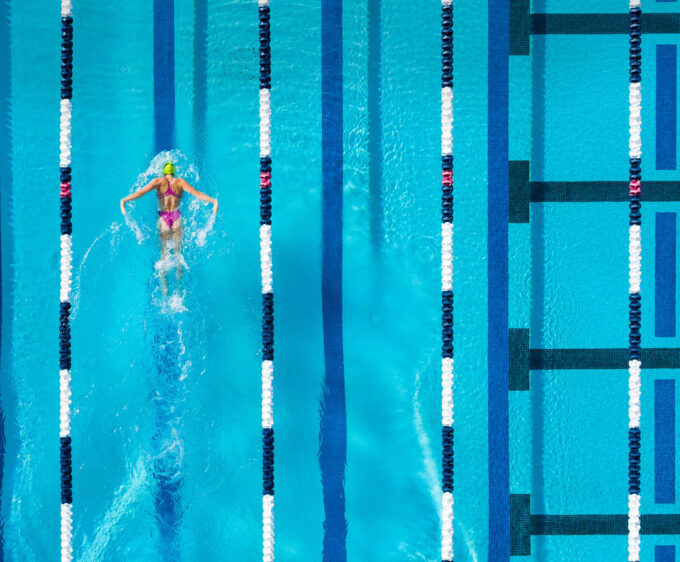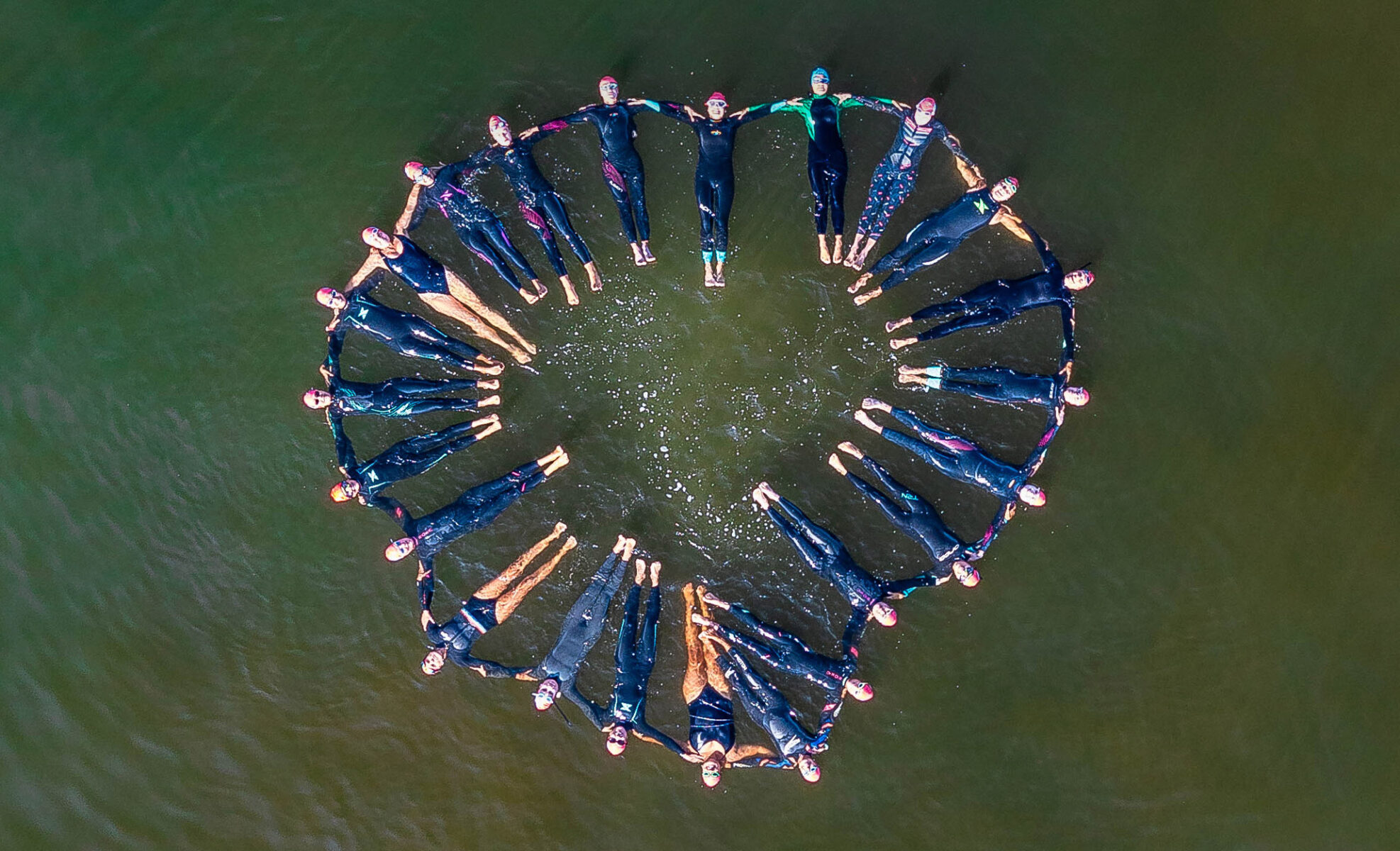
Ana Elisa Sotelo: Wild And Free
What did you do in the pandemic? With the Peruvian government prohibiting beach-visits, Ana Elisa Sotelo found herself swimming away from the city and joining Las Truchas, an inspiring group of wild swimmers
By Glorious
Photography by Ana Elisa Sotelo
Ana Elisa Sotelo was born in Peru but raised in Bolivia, Mexico, USA, Chile and Argentina. She studied psychology in the US as well as an MA in film, and has since become a remarkable documentary photographer and filmmaker. Ana Elisa’s work focuses on gender narrative and people’s connection to the natural world – and it was this subject matter that led her to create images that break gender stereotypes related to strength, femininity and age. This includes her wild swimming project Las Truchas (translated: ‘the trouts’) and we were keen to find out more…
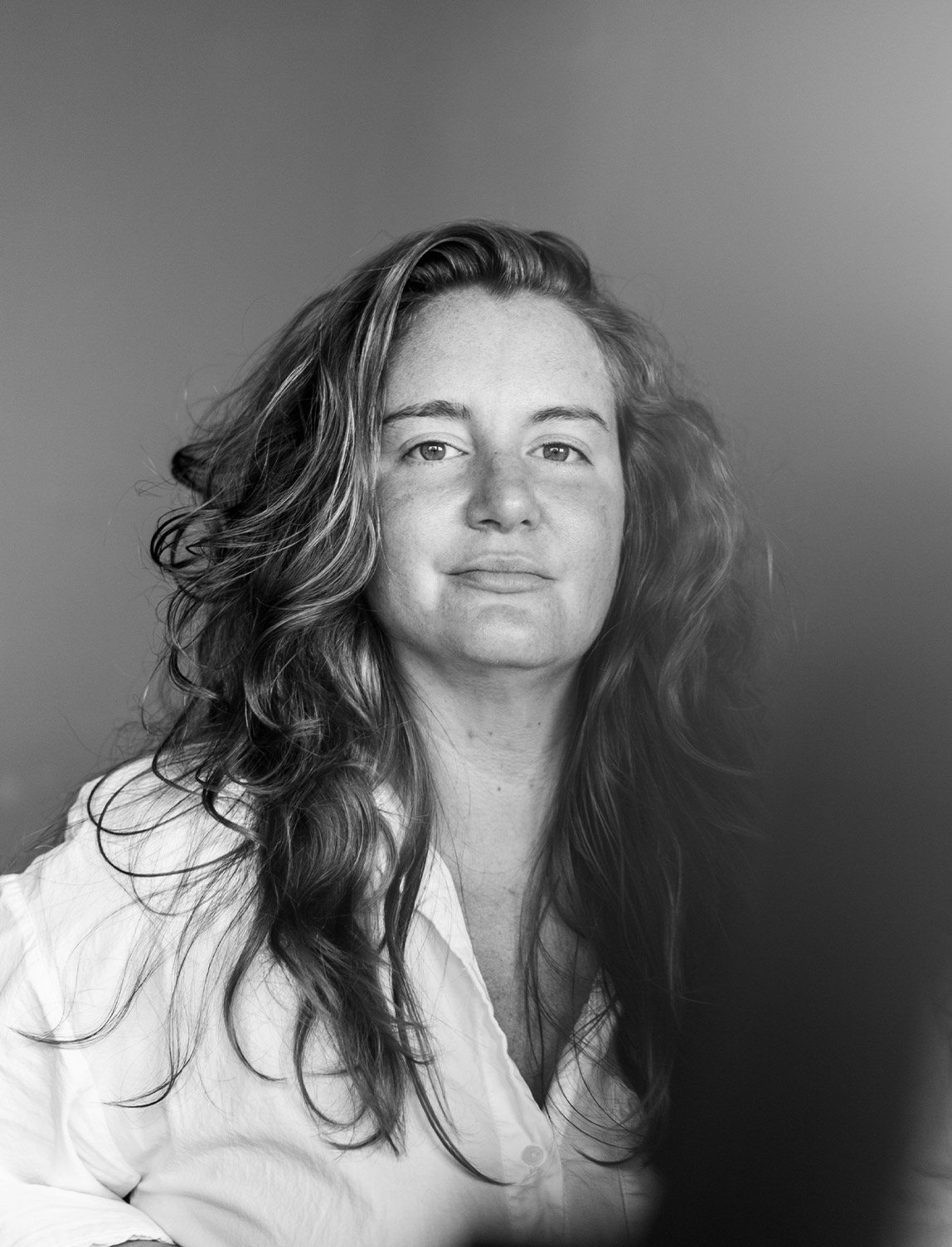
Glorious: How did you get started in documentary photography and filmmaking?
Ana Elisa Sotelo: I had always been drawn to the arts but had never focused on this professionally. I got an internship at OAS (Organisation of American States) when I finished college that was related to psychology, but I quickly realised this was not what I wanted to do. The people and projects were great, but the office environment felt really limiting. A few months in, the Director of Communications offered me a position as a production assistant for that department, and I started producing documentaries. That world fascinated me and soon after I started my MA in film. I knew I wanted to be outdoors, and later interned at National Geographic and travelled to Peru to produce my first documentary Guardian of Guano as a thesis project. Shortly after I moved to Peru and worked on several documentary projects.
Glorious: Tell us about your ongoing wild swimming project Las Truchas. How did it come about and how do you see this project evolving in the future?
Ana Elisa Sotelo: A few months after moving to Peru I fractured my spine, and part of my rehabilitation involved swimming in the ocean. At sea, my camera was weightless so I started shooting in water. I met Patricia Woyke, an amazing sportswoman and community organiser and started swimming with her. During the pandemic, Patricia started a women’s swimming group to deal with the trauma and stress from the pandemic, so I joined and started documenting our adventures. With support from a grant from National Geographic we organised swimming routes and meetups outside of Lima, and a year later with a grant from Women Photograph, I travelled to Chile to document other ‘schools’ of female wild swimmers.
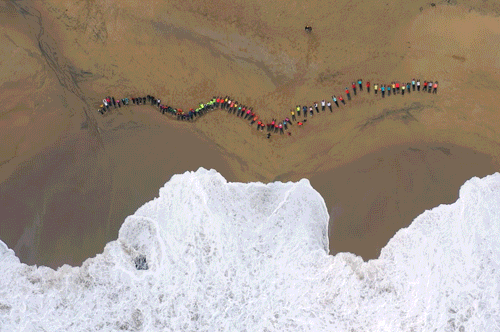
Glorious: What do you hope to communicate to your audience through the images and storytelling of Las Truchas?
Ana Elisa Sotelo: I want the audience to see strength and femininity. I want them to feel inspired to go out into the wild and connect with each other and with water.
Glorious: Were you a keen swimmer before you became a Trucha, do you have an interest in/play other sports?
Ana Elisa Sotelo: I was never big on sports growing up, but I loved adventure and being outside. I eventually became a ski instructor, which was exhilarating and calming at the same time. As mentioned, I began wild swimming as part of my rehabilitation after a spinal fracture. The cold and weightlessness helped me heal and through swimming I connected with other women and with my body.
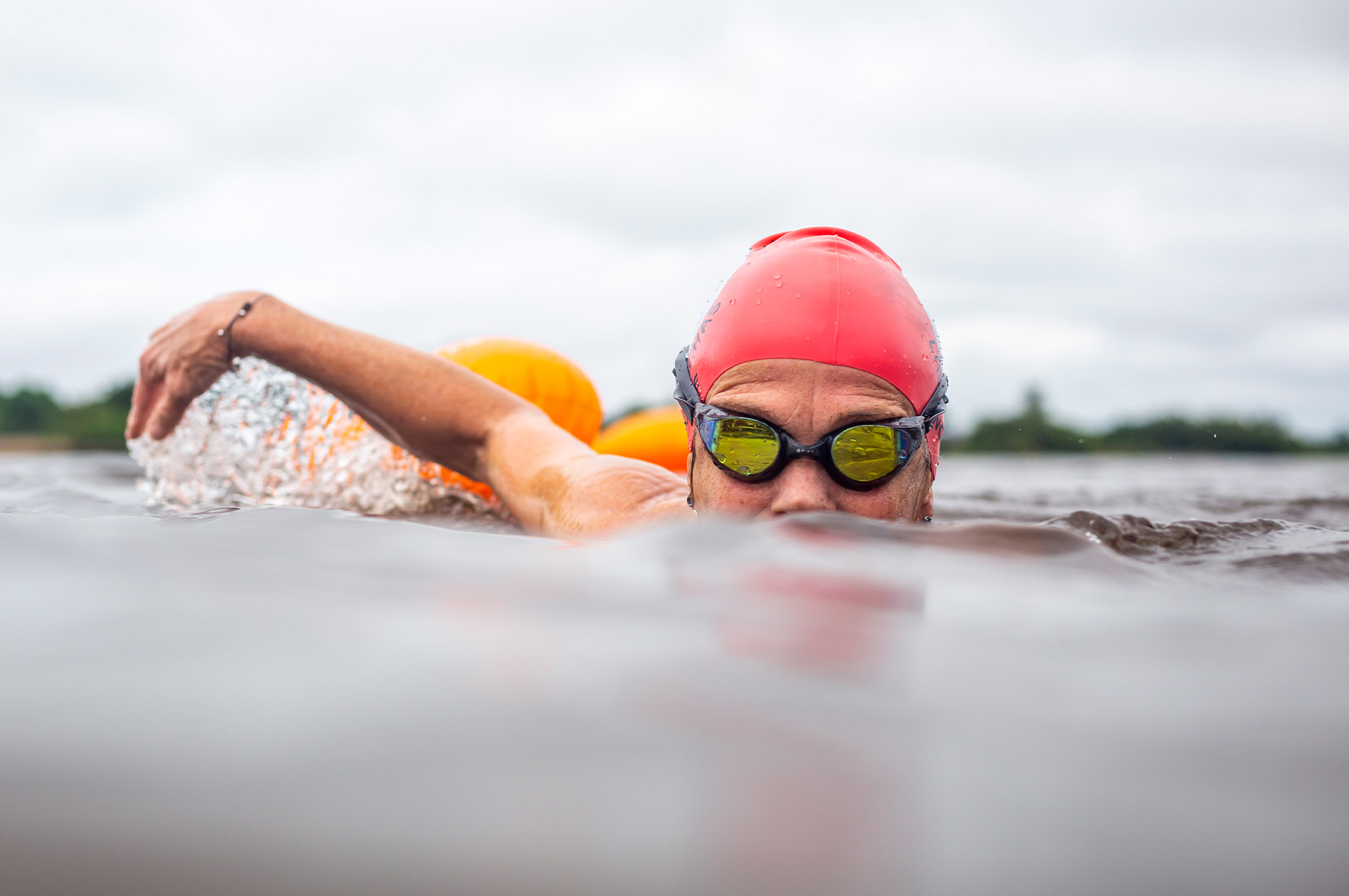
Glorious: As a wild swimmer yourself, presumably you can relate to the emotions you capture. How does wild swimming make you feel?
Ana Elisa Sotelo: Swimming makes me feel weightless and strong at the same time. It’s exhilarating but in a different way than skiing. Sometimes I like to just float and watch the birds fly above me. Other times, I like to power through and not think, just one stroke at the same time. I feel more connected to myself in water than on land. I love to swim in Lima in the winter mornings when the coast is covered by dense fog. I forget about life on land and just exist.
Glorious: What are some of the most memorable moments you’ve experienced while working on the Las Truchas project?
Ana Elisa Sotelo: The first time I swam with Las Truchas was in late September 2020. Pandemic restrictions had beaches prohibited, but we swam away from the city and into another beach and it felt like going back to a time before restrictions. We laughed, talked, and forgot about the virus for a while.

MOVEMENT

Taking Las Truchas to the Amazon was definitely a high. Many of the women had never been and capturing that awe with them was amazing. I love that there are women of all ages in this group. I feel like they are teachers and that I am also a teacher. It’s an amazing interchange of ideas and experiences.
Glorious: How do you approach capturing the physicality and movement of swimmers?
Ana Elisa Sotelo: I know a lot of Las Truchas, and when I do individual portraits I like to capture what stands out about that woman. It can be perseverance and resilience (Aida), it can be vitality (Monica). I love how photography allows me to play with that. When I do group shots I like to show how they transform into a ‘school’ ( in Spanish the word is cardumen, like school of fish), just as fish, or like a flock of birds. They’re strong but also graceful.
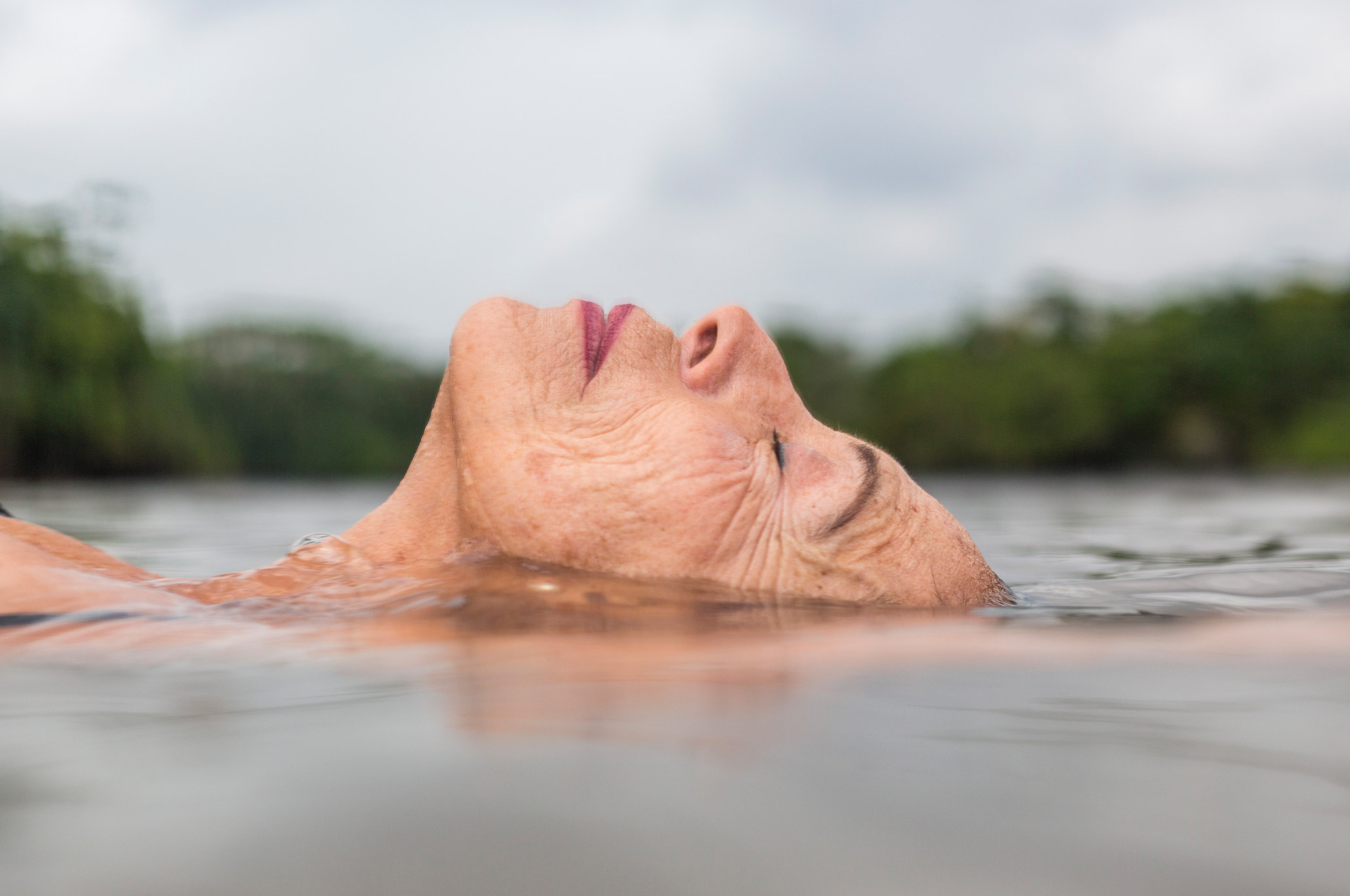
Glorious: Where do you get your inspiration from and who inspires you?
Ana Elisa Sotelo: I get inspiration from the women that surround me, and from the ones I meet along the way. I sometimes plan my photos based on the surrounding nature, and other times I look at paintings – it depends.
Glorious: What have you learned about swimming through your photography, and have you noticed any common themes and characteristics among the swimmers you photograph?
Ana Elisa Sotelo: Something about water brings back our essence. We float, we exist, we connect. It’s like the weight of life on land is lifted. I think they emerge a little empowered as well.
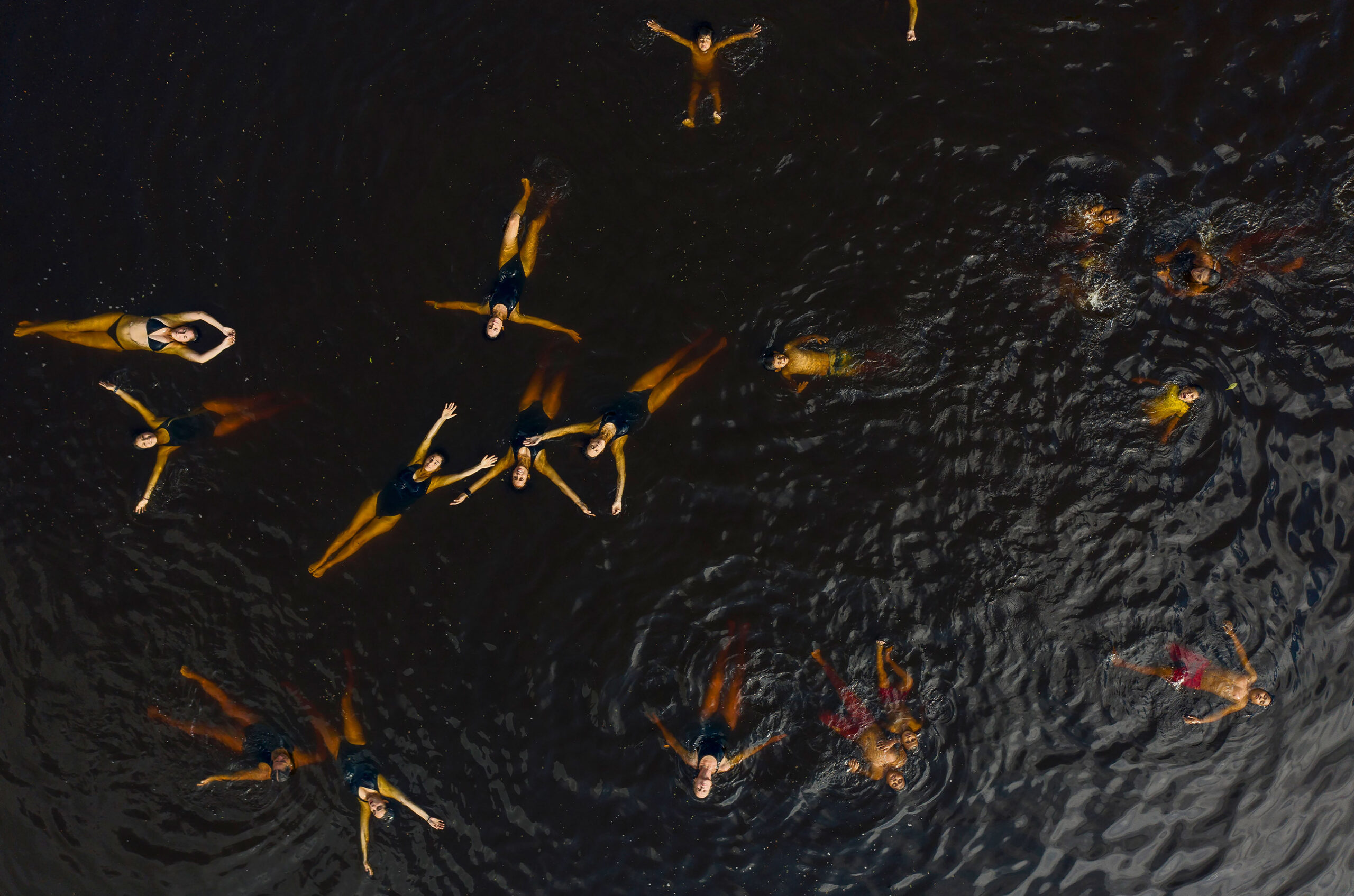
CONNECT
Glorious: What do you love most about your job and what advice do you have for budding documentary photographers?
Ana Elisa Sotelo: I love that it takes me places (emotional and physical). My advice would be to go with your gut! And to keep exploring that feeling. I started this project playing around and followed an instinct. Document what inspires you. Co-create. Collaborate. My best work is born from listening to others and connecting with them.

Glorious: If you could invite four inspirational women to wild swim with you (past or present) who would they be and why?
Ana Elisa Sotelo: I would like to go into the ocean with my mother (who is not in this world anymore) and just float in silence for a while. It would be great to swim with Katherine Bradford in the waters of Maine, she is one of my favourite artists and I would love to see what she sees when she swims. Finally I would like to get together with Patricia Woyke from Las Truchas, Peru, Ceci Moura from Las Huillinas in Coyahique, Chile, Jacquelin Antunez from Nadadoras Contra Corrientes in Puerto Natales, Chile, and Catalina Mekis from Las Chungungas, in Zapallar, Chile. They are all leaders in their swimming group and it would be a dream to go on an adventure with all of them.

Glorious: What’s next for Ana Elisa Sotelo? Is there another sport-related group that you would like to showcase that promotes a collective power?
Ana Elisa Sotelo: Right now I’m focused on convening women in water to explore different themes related to femininity, and strength. It’s a form of collective activism and empowerment. I’m moving away from the sea for a bit so that will be challenging, but I’m hoping to find another ‘sea’ or natural place to inspire me.
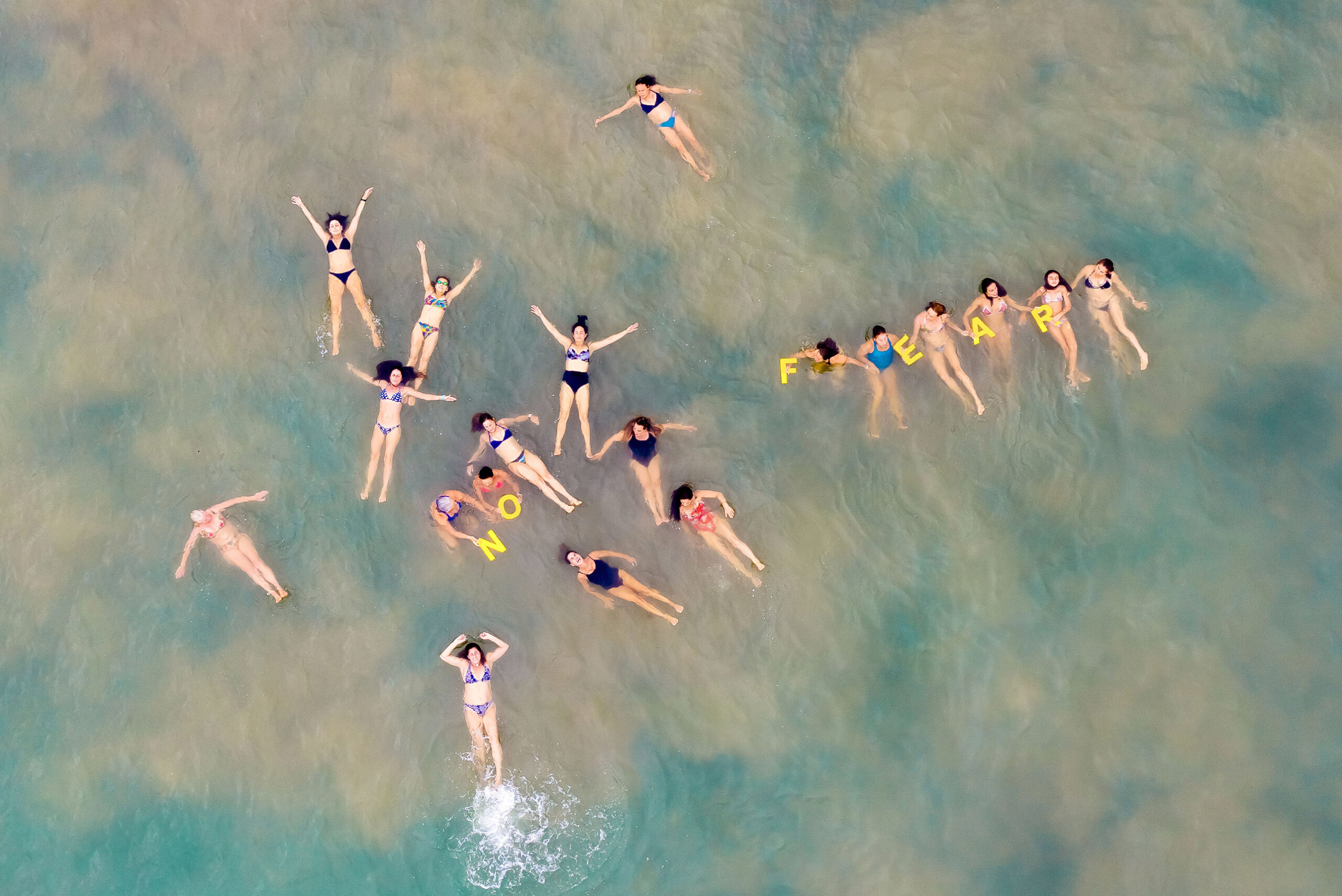
Editorial Design by this is root
